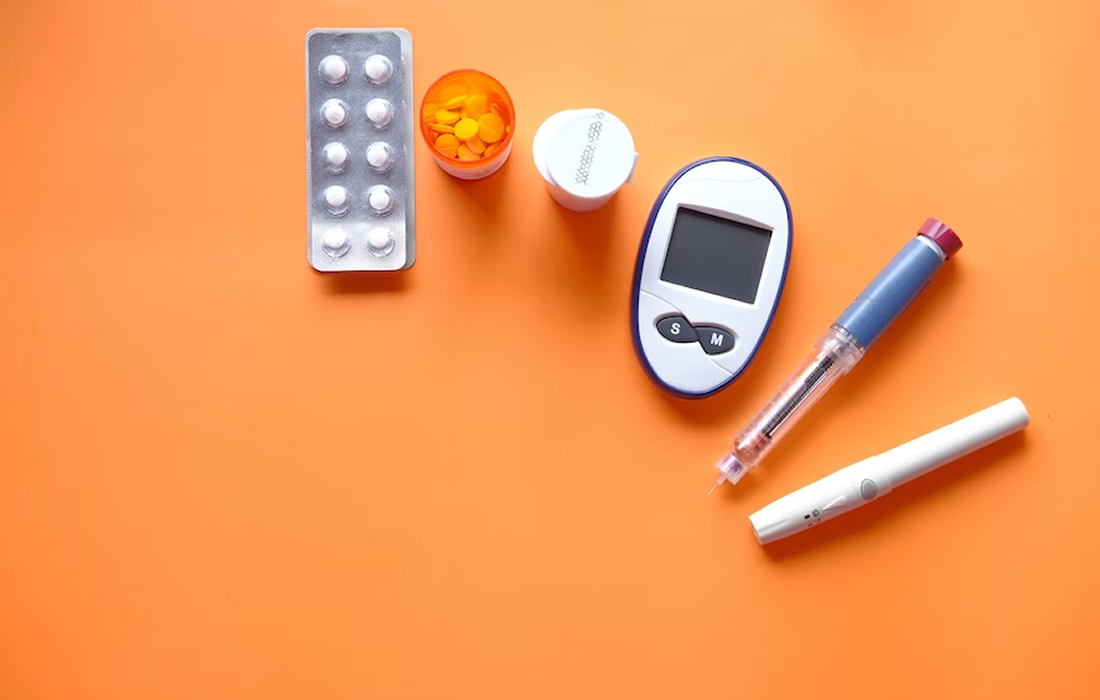Regenerative Medicine News and General Information
Researchers Discover Two Subtypes of Insulin-Producing Cells
ß cells are critical guardians of the body’s metabolic balance. They are the only cells capable of producing insulin, which regulates blood sugar levels by designating dietary sugar for immediate use or storage.
In Type 1 diabetes, ß cells are attacked by the body’s own immune system, rendering them unable to produce insulin.
Type 2 diabetes arises from insulin resistance; the resulting excess blood sugar from a person’s diet causes ß cells in the pancreas to work overtime.
The new findings, published in Cell Metabolism, suggest several potential paths that could inform future diabetes treatments, such as adjusting the ratio of ß cell subtypes in transplants to ensure optimal function.
“All cells vary in some way, but these two ß cell subtypes are discretely and consistently different from one another. This indicates that they serve two different but necessary functions as insulin producers. They are specialists, each with their own roles,” said J. Andrew Pospisilik, Ph.D.,
The two types — described by study authors as ßHI and ßLO — differ in specific function, size, shape, and epigenomic features, among other characteristics. They also exhibit contrasting patterns of surface markers, which help cells send and receive chemical messages. ßHI cells appear to be more prevalent in Type 2 diabetes.
Importantly, the subtypes can be separated by the presence or absence of a protein called CD24, which acts as a marker that allows targeting of one type and not the other.This distinction may inform development of more precise diabetes treatment strategies and offers a critical tool that enables diabetes researchers to better study each cell type in depth.
Like transcription factors, epigenetic marks tell genes when to be active and when to be silent. Epigenetic dosage refers to the amount of these marks. In ß cells, the team previously identified an epigenetic mark called H3K27me3 as a key driver of differentiation. In this new study, they found that dosage of the same mark controls ßHI versus ßLO numbers and, as a result, offers a new target for potential new diabetes treatments.
“The beauty of this mechanism is its novelty — it’s purely driven by epigenetics with no help from transcription factors,” Pospisilik said. “The key here is that epigenetic changes can be reversed, which opens a whole host of questions with implications for treatment.”
Sources:
Erez Dror, Luca Fagnocchi, Vanessa Wegert, Stefanos Apostle, Brooke Grimaldi, Tim Gruber, Ilaria Panzeri, Steffen Heyne, Kira Daniela Höffler, Victor Kreiner, Reagan Ching, Tess Tsai-Hsiu Lu, Ayush Semwal, Ben Johnson, Parijat Senapati, Adelheid Lempradl, Dustin Schones, Axel Imhof, Hui Shen, John Andrew Pospisilik. Epigenetic dosage identifies two major and functionally distinct β cell subtypes. Cell Metabolism, 2023; DOI: 10.1016/j.cmet.2023.03.008
Van Andel Research Institute. “Researchers discover two subtypes of insulin-producing cells.” ScienceDaily. ScienceDaily, 28 March 2023. <www.sciencedaily.com/releases/2023/03/230328145211.htm>.
Images from:
Photo by Dennis Klicker
https://unsplash.com/photos/J4HwEwZtIs8

